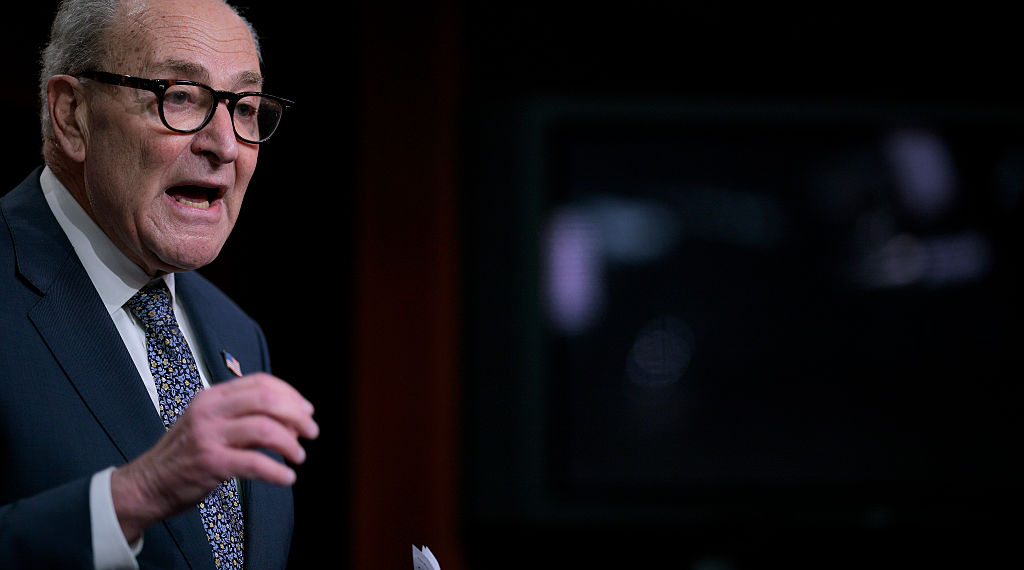The ongoing standoff in the United States Congress reached a new milestone on Tuesday, as Senate Democrats rejected a Republican-led measure to reopen the federal government for the 14th time. This decision guarantees that the current government shutdown will continue, officially becoming the longest in U.S. history. On the 35th day of the shutdown, the House-passed continuing resolution (CR) was once again turned away by Democrats, reflecting deep partisan divides over healthcare policy and federal spending priorities.
The previous record for the longest shutdown was set during a similar impasse in 2019. Senate Majority Leader Chuck Schumer, a Democrat from New York, placed responsibility for the shutdown squarely on the shoulders of Republicans and President Donald Trump. Schumer criticized the Republican party for their approach to healthcare, stating, “The only plan Republicans have for healthcare seems to be to eliminate it, and then to tell working people to go figure it out on their own. That’s not a healthcare plan. That’s cruel.”
Despite Schumer’s firm stance, indications of fatigue are beginning to surface among Senate Democrats. A private meeting took place on Monday night involving nearly a dozen Senate Democrats, where they discussed potential strategies to break the deadlock. In contrast, Senate Minority Leader John Thune, a Republican from South Dakota, expressed cautious optimism about a resolution. He remarked that while the shutdown might soon conclude, he doubted its resolution would occur before the end of the current week. “The pressures, the cross pressures that everybody’s feeling, are great. But I think there are people who realize this has gone on long enough and that there’s been enough pain inflicted on the American people. It’s time to end it,” Thune said.
Republicans have proposed various solutions to the impasse, including a guarantee of a vote on the Obamacare subsidies after the government reopens. With the current CR set to expire on November 21, 2023, lawmakers are under increasing pressure to finalize broader spending bills. Some members have suggested extending the resolution into December or January to prevent another shutdown and avoid a large year-end omnibus package. Others are considering a smaller “minibus” of spending bills that could be attached to the next CR.
Senator Mike Rounds, a Republican from South Dakota involved in bipartisan discussions, urged Democrats to cooperate. “Bottom line is they can stop all this with one vote and get back to work on a bipartisan basis,” Rounds stated, expressing hope for a collaborative resolution. Meanwhile, Senator Lisa Murkowski from Alaska proposed a two-year extension of the Obamacare subsidies as a potential compromise. She recognized, however, that significant reforms are unlikely at this point, given that insurers have already released new rates. “It’s just what’s the right concoction?” Murkowski pondered regarding the ongoing negotiations.
Some Senate Democrats have voiced frustration regarding President Trump’s lack of engagement in the negotiation process. Trump has declined to meet with Schumer and House Minority Leader Hakeem Jeffries until the government is reopened, advocating for the elimination of the Senate filibuster to push through Republican plans. Senator Andy Kim, a Democrat from New Jersey, pointed out, “At no point since October 1 has Donald Trump agreed to sit down with Democratic leaders. If he’s got time to tweet, he’s got time to just come and talk to us.”
As the shutdown extends into record territory, both parties are acutely aware of the public’s growing frustration. Yet, neither side appears willing to make the initial move required to bring the standoff to an end. The political landscape remains tense, with the potential for significant consequences as the deadline for funding approaches.







